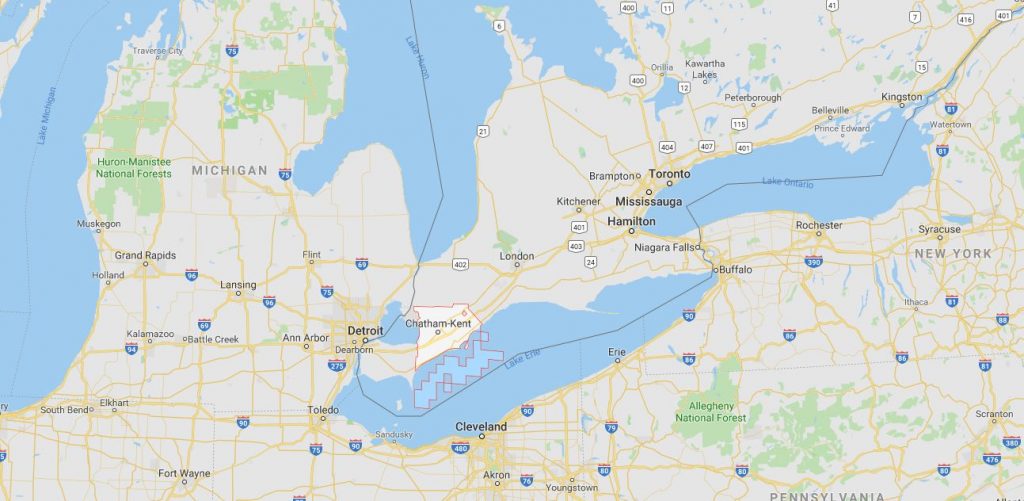COMMENT: Good day from Chatham, Ontario Canada (50 miles east of Detroit 42.4048° N, 82.1910° W);
Interesting your models are warning of the next year’s results in climate change.
Our location is always the first to plant in Canada as it is the same latitude as northern California.
A few climate tidbits;
– As of today, May 18th, 2019, no farmers (zero) have started planting.
– In 3 years the percentage of April planting starts has decreased to 0% from 70% just 4 years ago. Typically planting was completed by mid to end of May.
– Flooding this year from Ottawa to Detroit along with cooler temperatures can wreak havoc on winter wheat crops which are planted in the fall and has germinated. But if the heat doesn’t come to dry up the land then the wheat crop is susceptible to rot.
– soil temperatures are below the 25-year average by 23 degrees.
– more rain means less sunshine.
– Songbirds in our area are unusual for May. Makes for a very noisy morning coffee.
Bird watchers reporting many species have not finished their normal migration north. Somehow they have stalled in lower latitudes knowing the northern food sources are not ready.
The birds singing is nice, but I would like to eat.
Best to you;
RH
REPLY: Others are reporting the same general trends. Some people write in and try to disagree with the forecasts. What they fail to understand is this is BY NO MEANS my “opinion” or what “I think,” for I do not see myself as qualified on such a personal level to forecast such events since I am not a farmer and have never been. My grandfather had maybe an acre where he grew grapes, fruit trees, and some other things like tomatoes. He was not a professional farmer.
All I can do is report what the computer is projecting and I believe it does a far better job than human forecasting simply because it just goes by the data and extracts the patterns upon cycles. I take no pleasure in warning that we could be headed into a very rough patch for food production into 2024/2025 if we see a colder and longer winter again next year.










